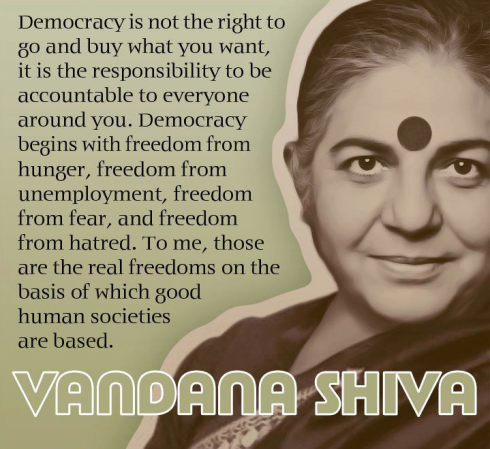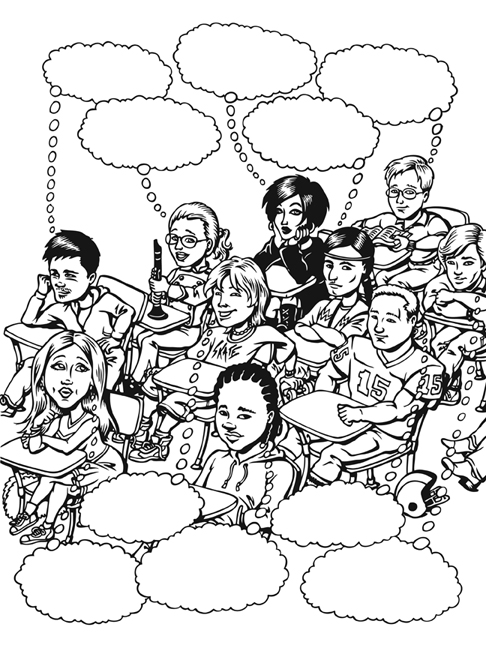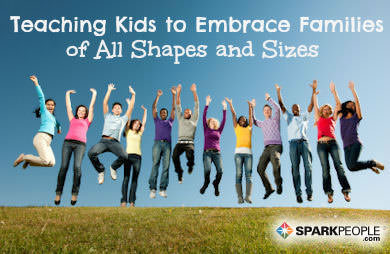A Reflection
on Joseph Kahne and Joel Westheimer’s In
The Service Of What? The Politics Of Service Learning
I found this article a bit perplexing in spots because of
the way they described how just sending the students off to do community service
isn’t enough to make a difference internally. Also by not keeping a reflective
journal, the student sometimes isn’t given the opportunity to really think
about what they have taken away from their volunteering experiences. I was left
baffled when the reason they give for not implementing a reflective component is
because they “fear that such an orientation would diminish the focus on
altruism” (pg. 11). Is this because the idea of writing about the student’s
experiences is enough to not want to do any of the work at all? Do they think
that the student won’t enjoy it or simply that they won’t do the volunteering
at all?
We
keep journals and sometimes blog about our service learning in schools. I think
that if we didn’t do this, we wouldn’t get nearly as much out of it because it
forces us to really observe
the environment and the students and teachers interactions. I know that we
learn and feel lots of things from working with the kids and just being there
but knowing that you are going to write about a specific aspect of the
experience, only deepens and enriches what you are noticing. I am a serious analyser
so this week’s journal entry about what my classroom looks like will be a
breeze for me. I can do this from memory because I have nick picked the
classroom I work in. But I can’t honestly say that I would have looked up the
demographics and diversity of the classroom or paid close attention to the
ethnicities of the students in the classroom on my own without it being asked
of me. It’s just not something I would have thought of and so I am grateful
that we are given guidelines that suggest exploration of these areas.
I do understand that younger students aren’t into
learning as much as I am but really what would two to three paragraphs of
reflection really take? Would they really think that was too much work for the
effort of volunteering? Maybe I am just being too much of an optimist here. You
all will have to offer me some realist perspective to balance my thought
process out. Pretty please! The again, we live in a time where most have an
entitlement mentality where everyone’s first thought is “what’s in it for me”
so encouraging students to put others first is a herculean task. Perhaps this
is the point being made in this argument?
By having students go out into their community and
volunteer, they are able to become more well-rounded. Their self-esteem
can be built up, knowing that they are helping out. They become caring,
understanding and involved members of their community. I am so glad to hear that many schools are implementing
a community service requirement because I think it’s so important to get
intimate with your own surroundings while meeting people who share the same
space. I also think the key to understanding is taking the time to work with
others, listening to them and conversation about things that matter to both
parties. In fact, I believe that if we could do this worldwide, we could achieve
world peace. I know it’s a lofty goal and dream but totally possible!
The focus question of this piece is about making it clear
a few aspects for what service learning is and why we think it’s
important. Questions that are focused on
are what are we starting with, where can we go from there and what will be our
goals for improvement? By pointing out the various ideological, political, and
social goals, we can offer a clear and concise reasoning for why both the
actual act of volunteering and reflecting on said volunteering is so important
to a student’s growth and understanding. Simply volunteering without reflecting
on observations isn’t enough. It makes the student simply a labourer, one with
good deeds in mind, but a labour none the less. In this instance, facts can be
uncovered, plans can be created and projects can be presented but they will
lack real-world, hands-on experience as no relationships are formed. And simply
researching isn’t enough because it makes the student simply an intellectual
with no hands-on experience. This helps the student build up their emphatic
character with social awareness. Either option doesn’t make for a strong
example of understanding what they have experienced or learned.
Christensen
speaks of manipulation in her piece and here Kahne and Westheimer mention it
too. “By manipulating the school curriculum, they could ultimately change the
world” (pg. 4). Christensen thinks of the secret education as a way of manipulating
consumers to think a certain way. Kahne and Westhemier are suggesting the same
thing. It is just that with them, it’s a much more positive approach. By
putting in place these goals of “analytic and academic skills, moral acuity and
social sensitivity” (pg. 4) through the service learning, we hope to build up
students who have a moral conscious and compassionate heart. But the analyzing
aspect is key because it enables the student to actually notice and then
understand what is really going on, just as Christensen encourages us to do
with the media.
I
know that Kahne and Westheimer agree with me and that they only offered both
side of the coin for this service to show why it’s important to know what we
are actually trying to get out of service learning. They imply that starting with charity can lead
to change and I have to agree. These seeds are planted in the students by
assigning the service learning. The seed sprouts as they feel joy from helping.
Their understanding and compassion blossoms as they begin to understand about
the places they work in. “It is the combination of service and critical
analysis, not either by itself, that seems most likely to promote interest in
and insight into these complex social issues” (pg. 11). Still, we must remember
that “acts of civic duty cannot replace government programs or forms of
collective social action” (pg. 9).
I
absolutely loved the idea Benjamin
Barber shared about how “demographic politics have become something we
watch rather than do” (pg. 9) because I agree. When Kahne and Westheimer say
that “our participation in the acts of national service is a pre-requisite of
citizenship and is essential for demographic institutions” (pg. 9) I believe he
is hitting the nail right on the head. This is reminiscent of Kozol for me
because it is us who can change the way we think about certain “bad areas” by
actually working in them and interacting with the people who live there.
Understanding what their story is and why they must live in such harsh
circumstances. We can’t just put a band-aid on the problem by “providing token
amounts of needed aid and yet never identify or respond to structural problems”
(pg. 9) I am reminded again of the idea of democracy. Of Kennedy’s; “what can
do for your country” address and of the Constitution; “we the people, for the
people” and of Walt Whitman’s Song Of
Myself; “the press of my foot to the earth springs a hundred affections,
they scorn the best I can do to relate them.” All the warmest and truest ideas
of what a democracy is. We need to get that back. Service learning can begin to
do just that!
Questions For Class:
·
This
is still bugging me….why else do you think teachers and schools are worried about
the students keeping reflective journals?
·
I
love the idea of community service as a democratic pre-requisite. This is being
implemented in schools in order to graduate. What are ways we can encourage it
without enforcement or bribery (for instance if they want to graduate, they
must “do time”)?
Picture Links:











